 Good Practice
Good Practice
1. Hotel Vila Galé Albacora
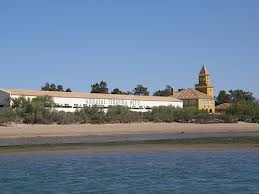
Vila Galé Albacora is part of Vila Galé Group, a Portuguese chain of hotels comprising 23 units: 17 in Portugal and 6 in Brazil which total approximately 12.000 beds.
The idea of creating this hotel was a result of the willingness of the Municipality of Tavira in rehabilitating socially and economically an area of historical and economical significance known as Arraial Ferreira Neto (a former tuna fish facility). Vila Galé Group arose as an entrepreneur whose intention was to create in that space a sun and sea kind of resort. However, the declining of the product of sun and sea imposed the necessity of repositioning the hotel. This brand new concept was created around four strategic priorities: promotion of cultural heritage, recreation of the past, health and well-being, and Nature Tourism.
Among these top priorities, Tourism of Nature was considered the most important one given the localization of the resort, inside the Natural Park of Ria Formosa. Moreover, it was the basic strategic concept for product innovation in this hotel. So the idea was to transform Vila Galé Albacora into a sustainable hotel, dedicated to activities associated with Nature. Moreover the three dimensions of sustainability (environmental, social and cultural and economic ones) were developed and respected. The quality of management and good sustainable practices earned the hotel some certificates and awards (LiderA, ECO-HOTEL from TÜV Rheinland, Travelife, Green Key, e TUI Umwelt Champion).
This hotel is a case study because its uniqueness consisted not only in a simple product innovation, but also in an institutional innovation. Additionally is an impressive best practice about the three dimensions of sustainability.
As stated by its director: “The sustainability of our project is to obtain through good practices at both social and environmental level, the best results possible in economic terms”.
Visit the official website: http://www.vilagale.pt/pages/hoteis/?hotel=4
2. Rota Vicentina

Rota Vicentina is another Project of Association Casas Brancas which is, as already stated, a network of accommodation firms, restaurants and tourist entertainment companies connected through a quality standard that promotes associated businesses and the development of quality tourism in the region.
With the purpose of creating a backbone product that could enhance and create synergies among the partners of the Association and all the West coast of Algarve, as well in order to have a national and international new product was developed the Rota Vicentina trail. The potential of the south-west of Portugal made clear the need for a structured product, associated with Nature Tourism. The rich natural heritage of this region created the belief that it was possible to launch to the market a product with differentiating factors. These differentiating characteristics make this route a unique experience: the rich heritage and landscape; the fact of being a live museum in both the fishermen rail and the historical path; the weather; the hospitality; the authenticity of the places; all these attributes combined make Rota Vicentina a new irresistible product.
Rota Vicentina has a system of services that ensure its existence. It is a pedestrian route with nearly 340km, formed by the historical path that connects Santiago do Cacém to Cabo de S. Vicente, and the fishermen rail that connects Porto Covo to Odeceixe. It was developed with the intention of attracting an international market, of repositioning the West Coast of Algarve and Alentejo, of decreasing seasonality, and of developing a sustainable model for the region.
Its significance, besides constituting a strategy of differentiating a group of companies and thus being a case of product innovation, comes from the concern with the key concept of sustainability. The Association Casas Brancas intends to attribute to Rota Vicentina the role of a structured and sustainable product for the region. Additionally, one innovating aspect of this case study is the will of a private entity that represents a group of touristic companies who by their vision and know-how admit the need of a product of this nature in order to develop their economic activities. This means that the project itself is structured and guaranteed by all of these activities.
Visit the official website: http://www.rotavicentina.com/pt/#
3. Casas Brancas' Quality Scheme


The Quality scheme arose in 2002 with the creation of the Association of Casas Brancas. Casas Brancas had the intention of developing a network of enterprises with a quality standard that justified its promotion as a group. Initially, this association was just for local accommodation companies but it was later widened to restaurants and tourist entertainment companies, with a standard for each economic sector. Nowadays, the association has 61 members from the coast of Alentejo to the coast of Algarve, Costa Vicentina.
Casas Brancas was created because of the need to organize, in an integrated manner, touristic initiatives of the region such as rural accommodation, restaurants and nature activities. The goal was to adopt a new and complementary perspective on services and quality requirements so as to respect and satisfy the customers and promote a quality image of tourism in that region. The Quality Scheme was paramount in the existence of Casas Brancas since it was created to satisfy the need (felt by the entrepreneurs of the region) of a quality standard that could be able to combine the promotion of associated companies and the formalization of the relation between businesses that already existed.
The Quality Scheme is a tool that allows the association to choose which companies may enter the network. It is a commitment to quality that specifies requirements and complementary criteria for accommodation, restaurants and tourist entertainment in a flexible way while respecting the differences between establishments that value and complement the system. In order to be a member a company must fulfill all requirements, and at least 5 complementary criteria. It is vital that the company adds value to the network.
This new concept is important as a product and institutional innovation since it creates a set of structured services and is centered in the development of the economic, social, cultural and environmental aspects of sustainability present in the Quality Scheme itself.
Visit the official website: http://www.casasbrancas.pt
4. Via Algarviana
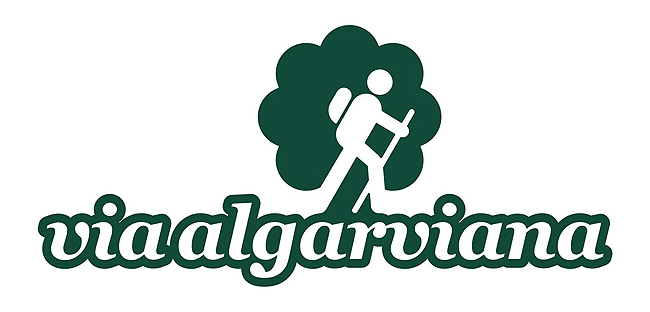
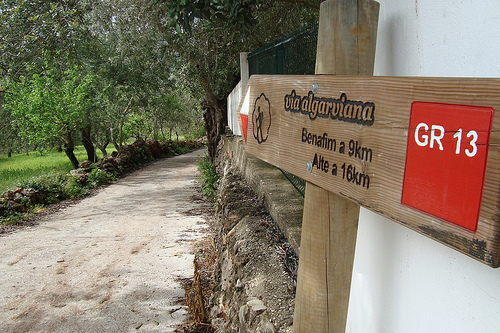
Via Algarviana was created by the Association Almargem, a Non-Governmental Environment Organization founded in 1988. This project was developed within an application to Algarve 21 Operational Program, QREN and European Union – FEDER and emerged from the necessity of complementing the existent products in Algarve, since it assumed that Sun and Sea tourism was not going to continue benefiting Algarve in the long run.
Via Algarviana is a fully implemented pedestrian route with nearly 300km in the interior of Algarve, a good example of product innovation. However, Via Algarviana is not merely a pedestrian route but a group of services that provide a set of experiences and feelings, once nature to cultural and ethnographic aspects are characteristic of the interior Algarve population. Therefore, the strategy is to integrate touristic enterprises near the rout into a global package.
The significance of this case study is not only because it was the first project of this kind to appear in Algarve (a structured product around a pedestrian route) but also due to the innovative vision of a group of people (Almargem and Algarve Walkers) who felt that Algarve had a lot of potential to develop a project of this nature. Additionally, the development of this venture brings together the will of many public entities with different perspectives on the development of tourism, making it possible to work in a product that may unite them. We are talking about entities such as the municipalities (Alcoutim, Aljezur, Castro Marim, Lagos, Loulé, Monchique, Portimão, São Brás de Alportel, Silves, Tavira e Vila do Bispo), Tourism Association of the Algarve (ATA) and the Regional Entity of Tourism of the Algarve (ERTA). Furthermore, the integration of the various dimensions of sustainability (including economic, socio-cultural and environmental) in the project, stresses the importance of this case study as a reference to the region.
Visit the official website: http://www.viaalgarviana.org/
5. Birdwatching Festival of Sagres
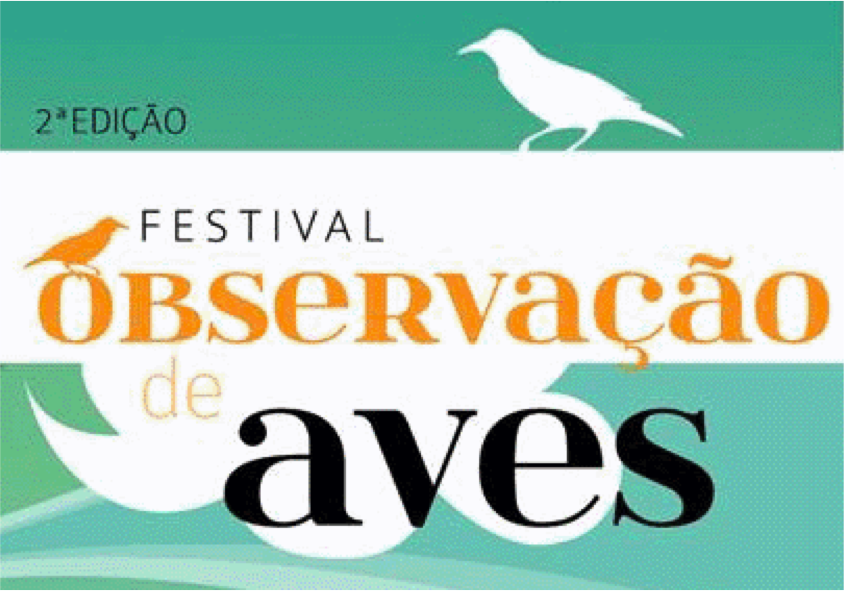
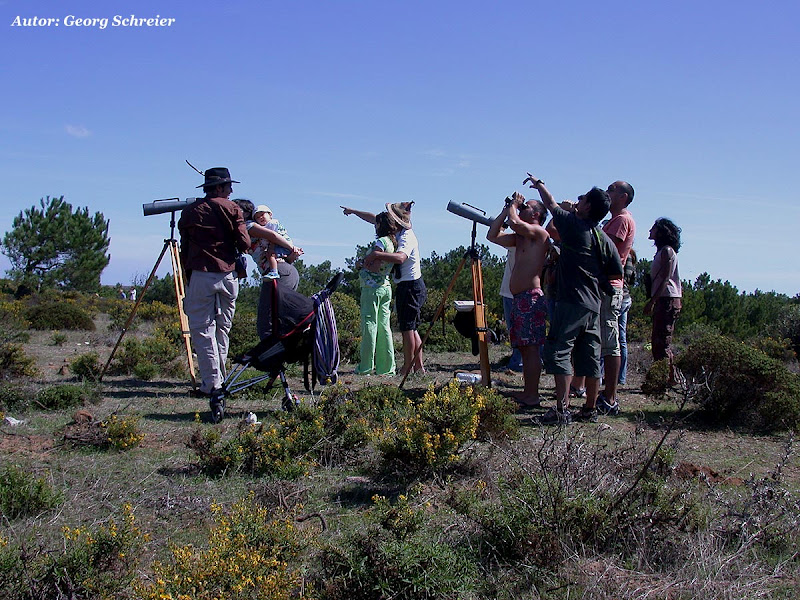
Almargem is involved with projects of ecological and cultural consciousness, organizing actions that promote nature and the countryside, as well as producing studies and providing technical and scientific advice on many subjects. This festival appeared in order to involve the local community, and to attract national and international tourists. The idea came from a study ordered by the Regional Entity of Tourism of the Algarve (ERTA) whose goals was to identify hotspots to do bird watching in Algarve and to identify the species and habitats that can be found there.
The concept of this Project is the realization of a 3 day festival, although the 3rd edition is extended to a week. Several audiences can participate in various activities such as bird watching; observation of nature as a whole; short courses or lectures; field trips to observe habitats, birds, plants and other species; bird ringing; and visiting thematic exhibitions. Nevertheless, the Birdwatching Festival does not resume itself to these activities. The organizing entities’ desire was, ever since the first edition, to involve the community and local enterprises in its execution in order to complement the event with accommodation, restaurants, shops and tourist entertainment.
This case study is important because it is an innovative product for the region and, more notably, because of the innovative vision of its promoters in bringing the festival to the local community and enterprises so that it is not just one more festival but an event for that town/city. Besides this three dimension of sustainability (boosting the local economy, community integration and environmental education), this festival reveals the importance of studying opportunities and also the potential of the region to welcome new sustainable tourism products.
Visit the official website: http://www.birdwatchingsagres.com/
6. Aldeia da Pedralva
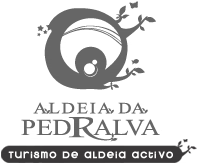
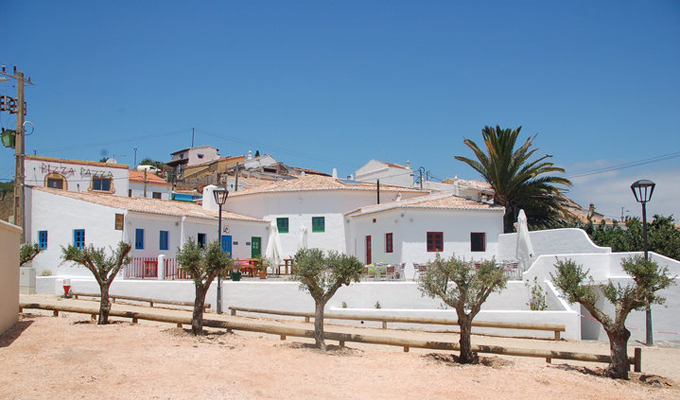
Aldeia da Pedralva is a project of active tourism, constituted by 31 typical houses for the accommodation of visitors / tourists, along with a wide bunch of services, as restaurants and nature tourism related activities (surf, biking, trekking, fishing, etc). The concept of Aldeia da Pedralva is based on two key concepts, Slow Movement and Go Active, whose objective is to communicate to the consumer that it is possible to have a lifestyle or a vacation where you can enjoy, at your own pace, the region and its services, while experiencing a vast set of activities.
The idea for the creation of this project, intimately connected to the life story of its owners, arose from their will to change their stressful lifestyle for a more peaceful one. After the discovery of Aldeia da Pedralva the purchase of some houses was the first step to the genealogical rebuilding of the village.
The differentiating factors of this project are not only the previous mentioned concepts associated to Aldeia da Pedralva (Slow Movement and Go Active) but also the fact that this project is the only one of this kind in the region. Moreover, there is a clear concern to adequate the characteristics of the product to the needs, specificities and trends of the market, a concept that is known as Value Innovation.
Visit the official website: http://www.aldeiadapedralva.com/

























































